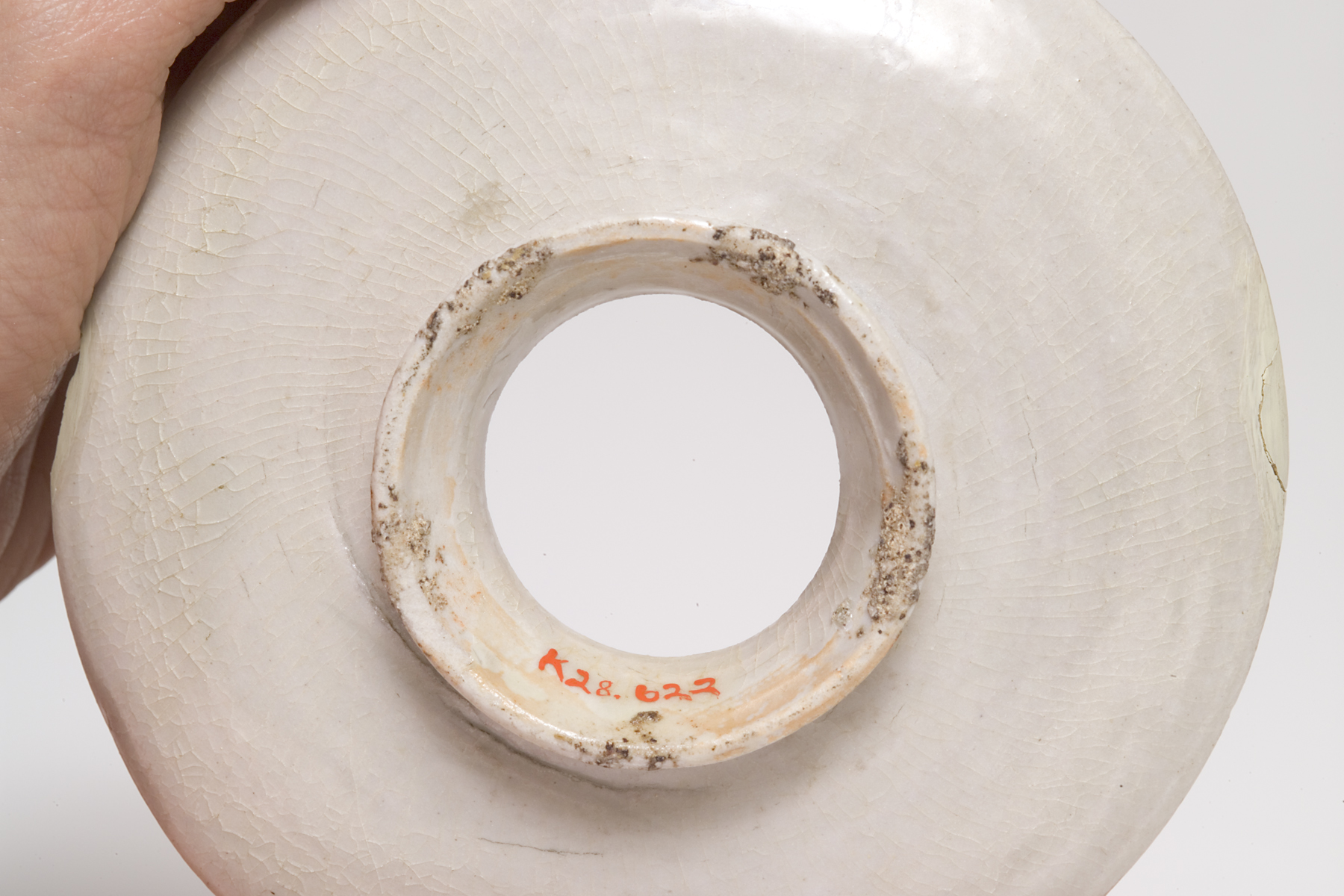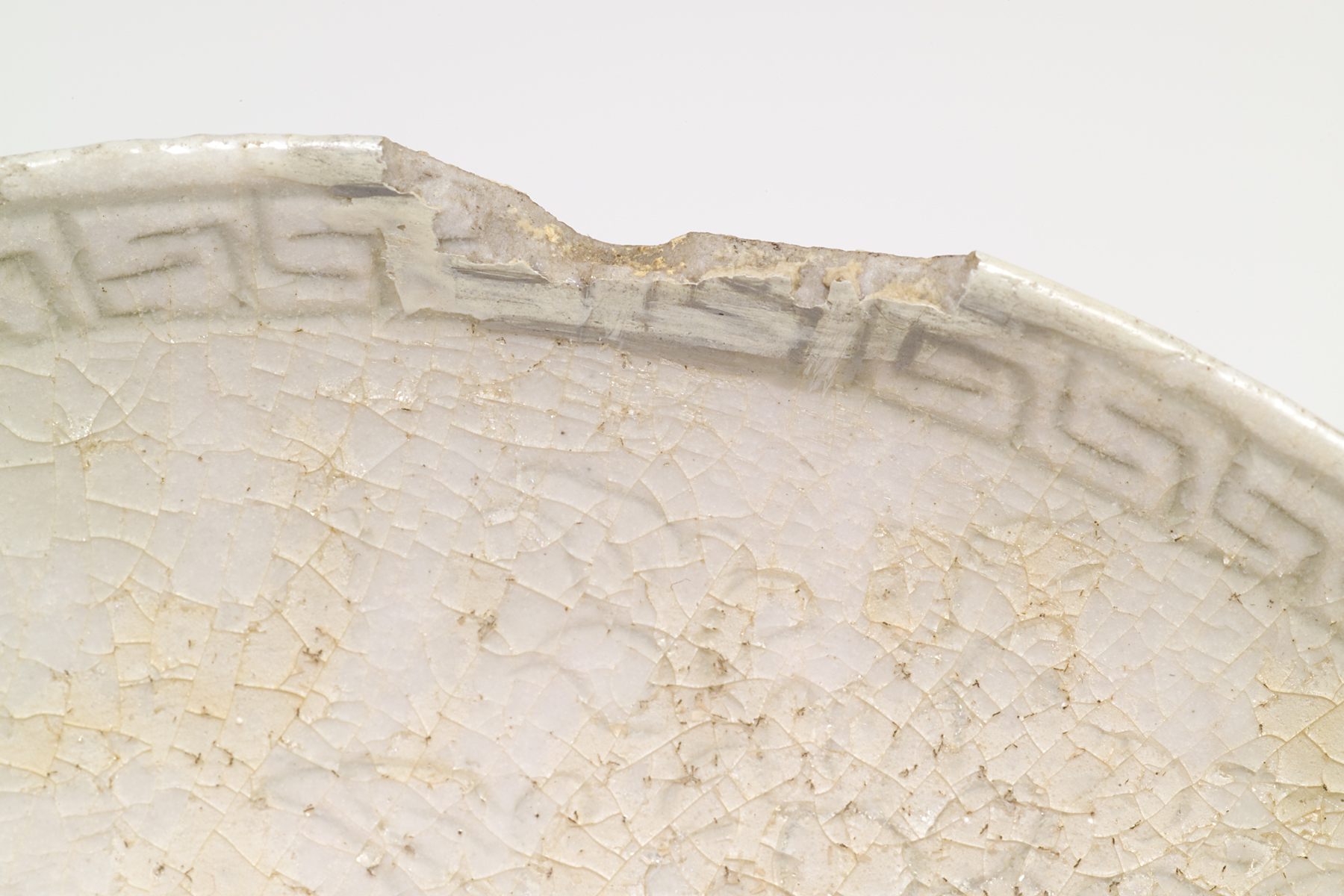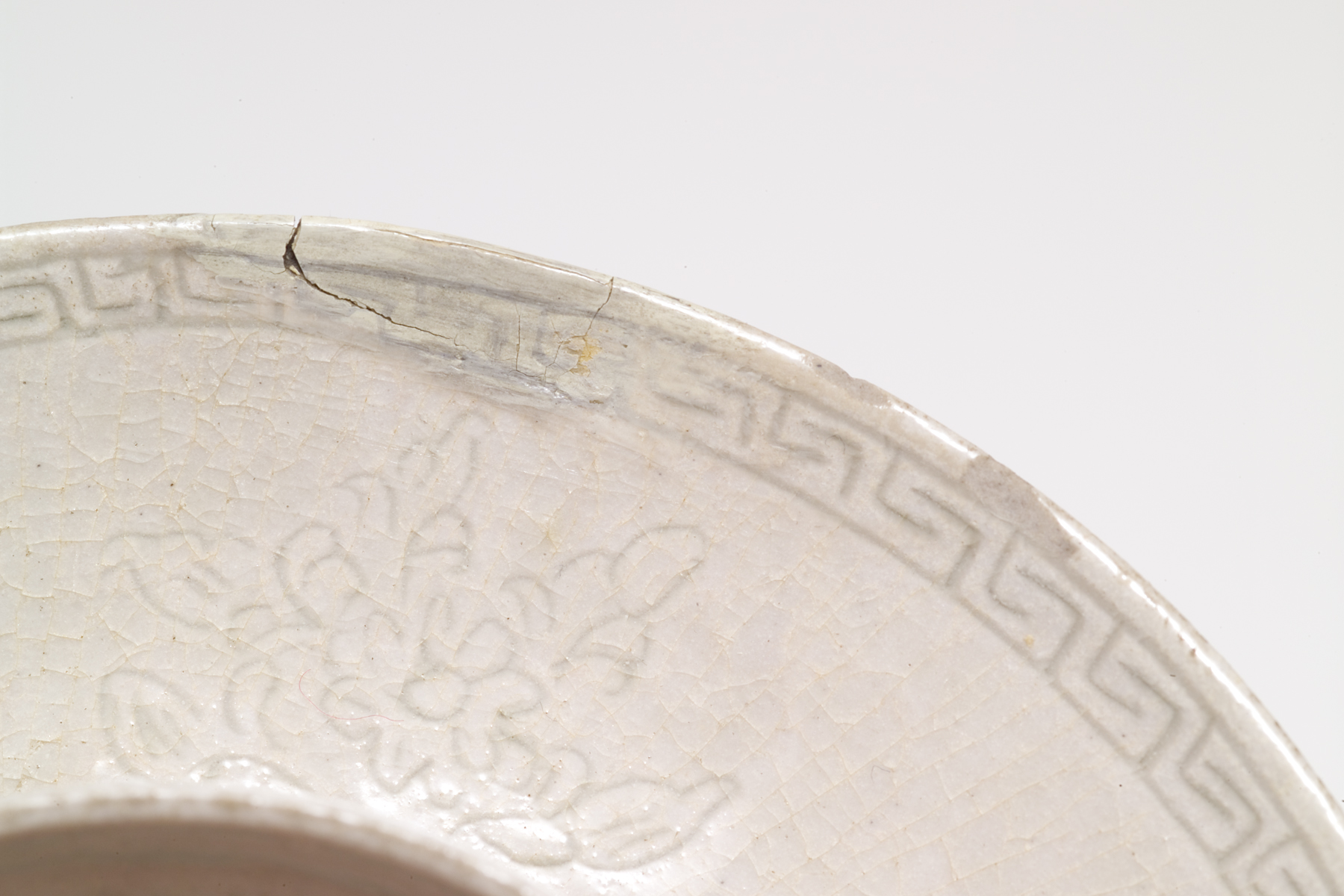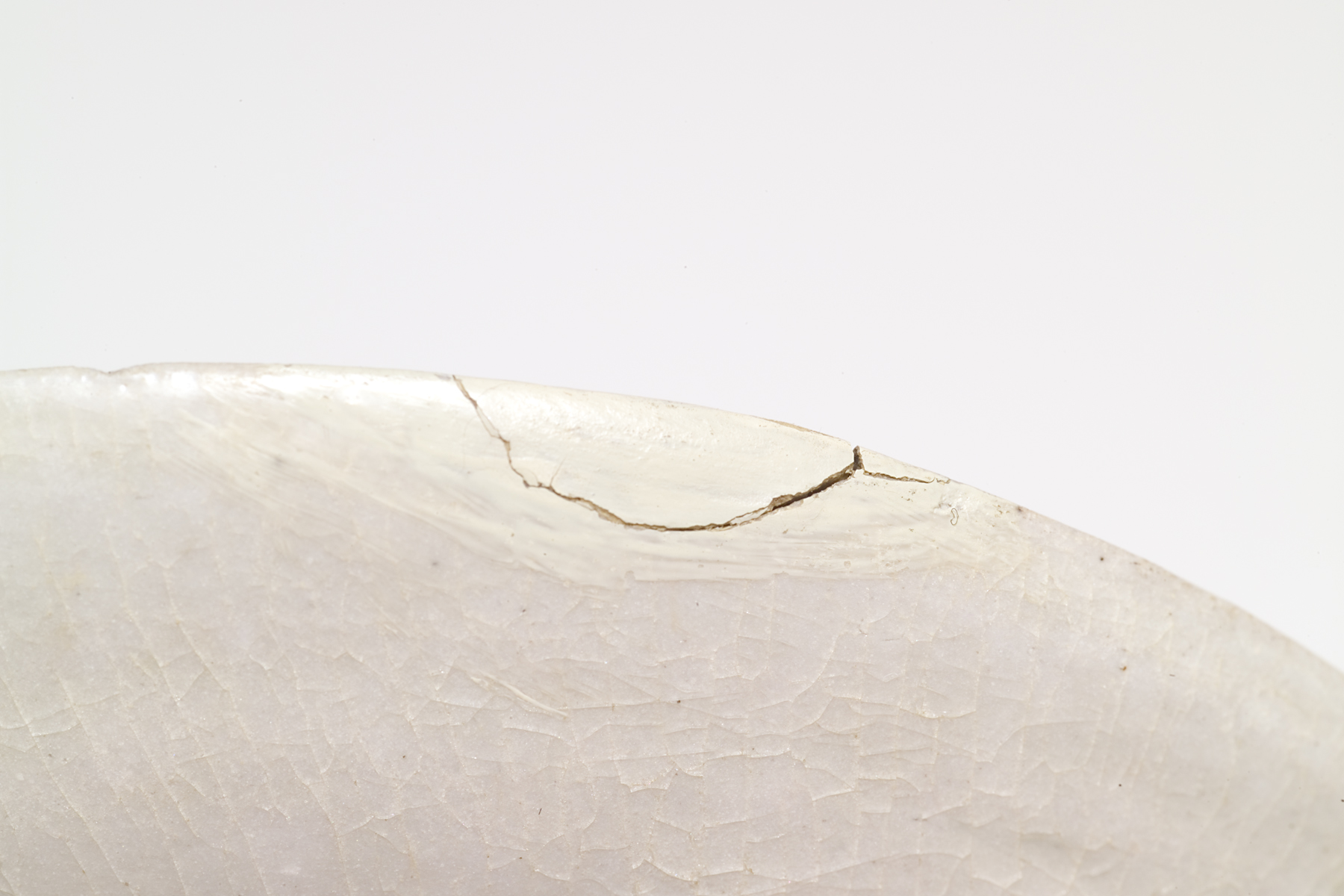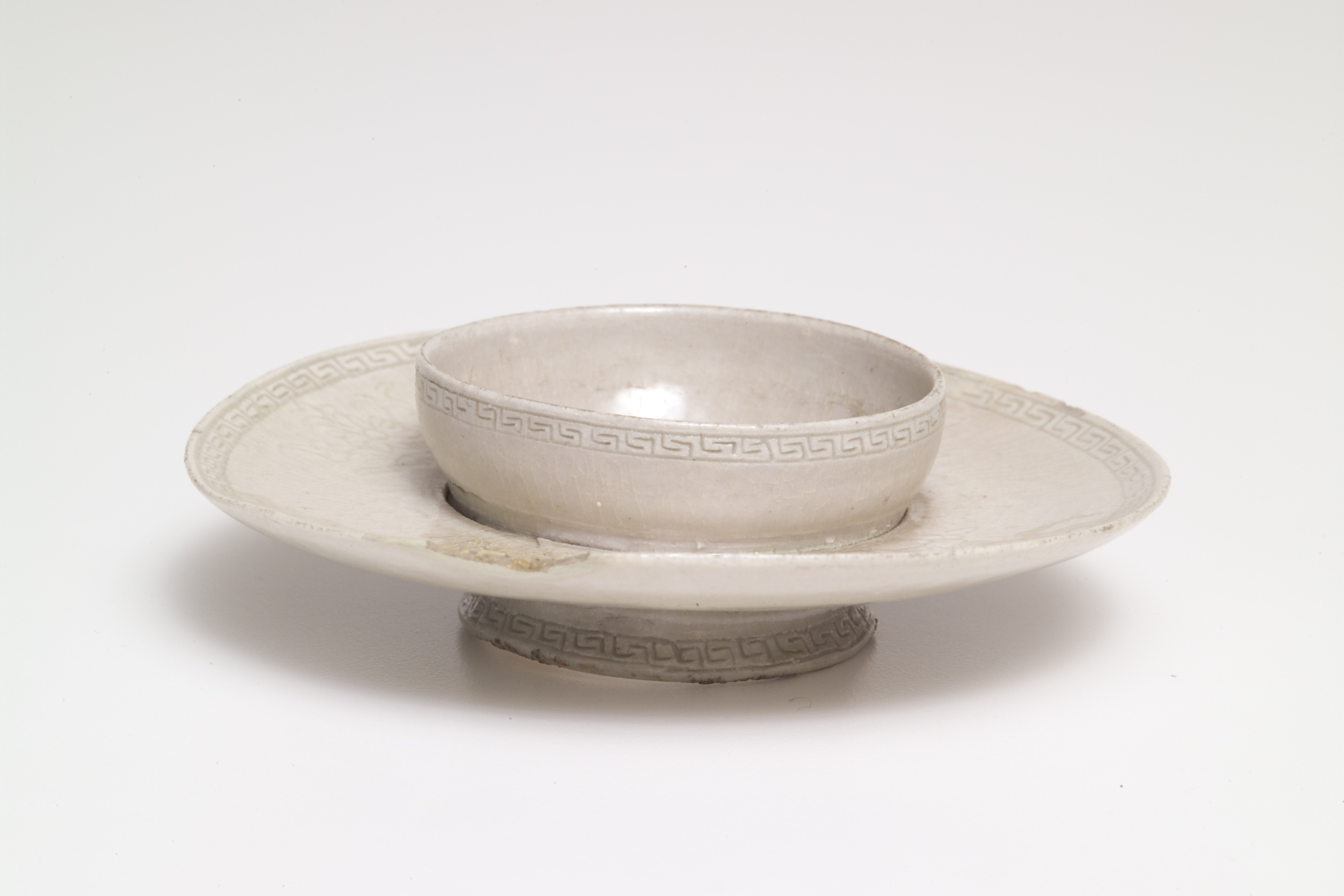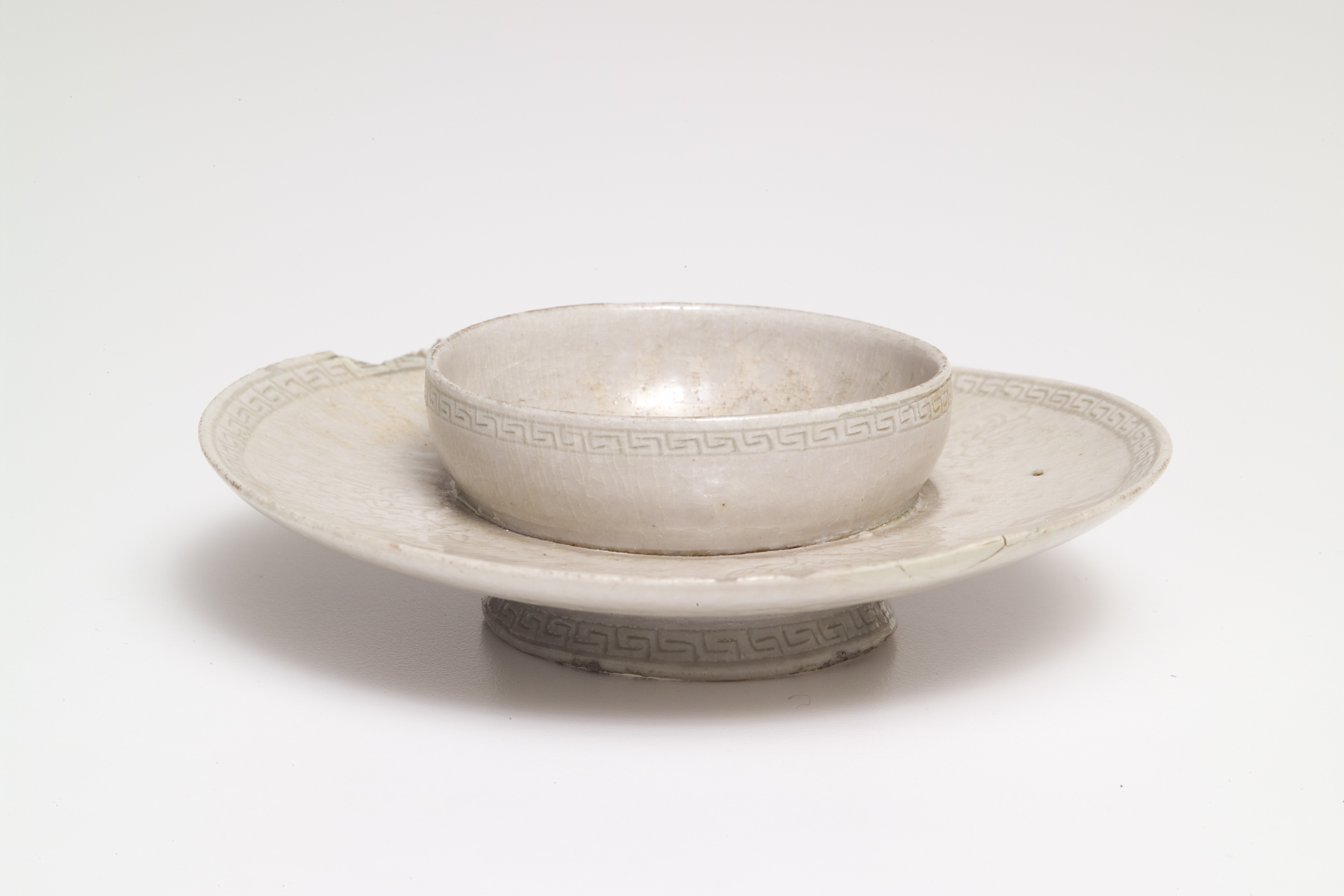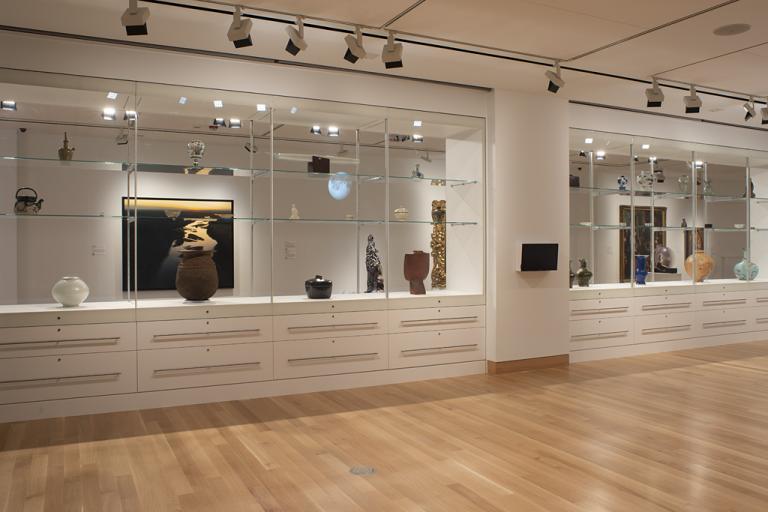cup stand, unknown maker from Korea
Artwork Overview
cup stand
, early 1100s, Goryeo dynasty (918–1392)
Where object was made: Korea
Material/technique: stoneware; glaze
Dimensions:
Object Height/Diameter (Height x Diameter): 3.2 x 12.2 cm
Object Height/Diameter (Height x Diameter): 1 1/4 x 4 13/16 in
Object Height/Diameter (Height x Diameter): 3.2 x 12.2 cm
Object Height/Diameter (Height x Diameter): 1 1/4 x 4 13/16 in
Credit line: William Bridges Thayer Memorial
Accession number: 1928.0622
Not on display
If you wish to reproduce this image, please submit an image request

